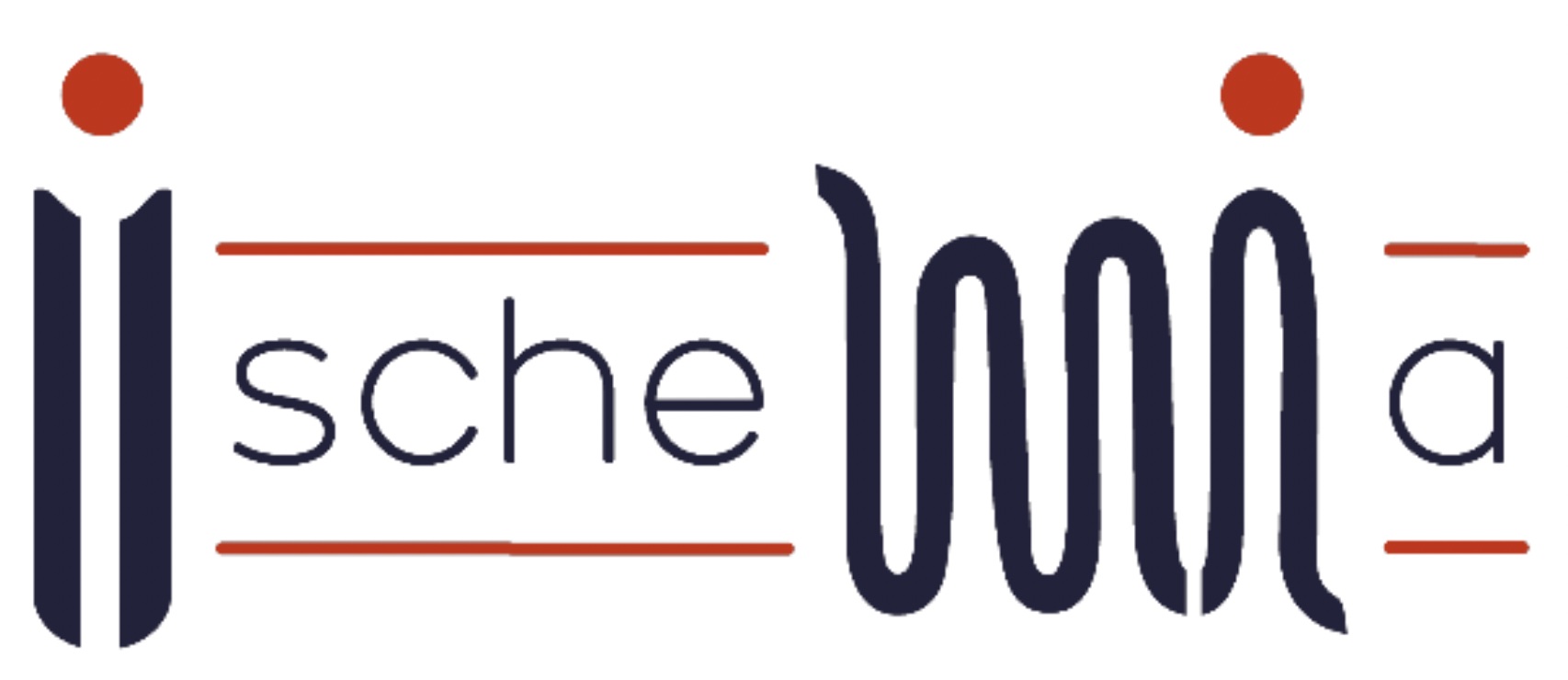Membrane Signalling and Inflammation in reperfusion injuries (ISCHEMIA)


UMR 1327 ISCHEMIA
Faculté de Médecine de Tours, 10 Boulevard Tonnellé
Tours 37032
France
The strategy of the Inserm lab UMR1327 (created as an Inserm unit since January 2024, CSS3 « Physiology and Physiopathology of systems », Thematic Institute « Physiopathology, Metabolism, Nutrition »), is to conduct a “Bench to Bed, and Back” translational pathophysiological project aiming at understanding molecular, cellular and tissue mechanisms involved in the worsening of tissue lesions following ischemic/hypoxic and inflammatory episodes, in order to prevent organ dysfunction and disease progression.
The unit, structured as a single team, develops a transversal project to study and understand common bases of signalling pathways involved in cell communication, activation and differentiation induced by ischemia-reperfusion in different pathological contexts, most notably after myocardial infarction, solid organ transplantation (kidney/heart/liver) or in cardiorenal syndromes. More precisely, members of the unit will work on an original research project studying the involvement of soluble danger signals (extracellular ATP, exosomes, cytokines) released by cells suffering from ischemia-reperfusion, under metabolic and inflammatory challenges, and their role in the activation, polarization and phenotypic switches of all cells within the tissue involved in the response to danger signals, such as cardiomyocytes, (cardio)fibroblasts, epithelial cells, platelets and immune cells.
To address these scientific questions, the research unit has developed transversal methodological tools such as cohorts of patients (participation to the prospective cohort CARIM CARdioprotection in Myocardial Infarction NCT02967965, or the interventional cohort HIBISCUS-STEMI CoHort of Patients to Identify Biological and Imaging markerS of CardiovascUlar Outcomes in ST Elevation Myocardial Infarction NCT03070496, or those available at the CePiBAc platform), biocollections (BioSUPORT from the FHU SUPORT NCT03997253) associated with DNA collection (DC2013-1780) clinical data, pre-clinical models and mathematical modelling of biological systems (in vitro and in vivo), imaging methodologies for cells, tissues, organs and living organisms (in vitro, ex vivo and in vivo) and adapted analytical tools, in vitro models of primary cultures, co-cultures in 2 and 3 dimensions.
Our goal is to ensure a translational strategy, with mechanistic questions evaluated first by in vitro/ex vivo experiments and in preclinical models before being proposed for clinical trials, the translation to bedside being possible because of our close ties with clinical units in our University Hospital of Tours.
The Inserm UMR1327 is an active member of the Fédération Hospitalo-Universitaire « SUrvival oPtimization in ORgan Transplantation » (FHU SUPORT) and the « Consortium for Organ Preservation in Europe (COPE2.0) » on organ transplantation, of the European COST Action CA21130 « P2X receptors as a therapeutic opportunity » (PRESTO) and the National « French Purine Club » on purinergic signalling, on the European COST Action CA21147 « European Network on Optimising Treatment with Therapeutic Antibodies in chronic inflammatory diseases » (ENOTTA) and national LabEx MabImprove for “improved antibodies, improved development and improved use” (ANR-10-LABX-53-01) on therapeutic antibodies.
The unit benefits from research supporting activities provided by the Scientific and Technical Platform for Biological Systems Analyses (PST-ASB, https://pst-asb.med.univ-tours.fr) from the University of Tours, mainly located at the Faculty of medicine site, and providing core facilities for Metabolomics analyses, Genomics analyses, Microscopy facilities, Small animal experimentation and Imaging. The unit benefits from Animal facilities, at both the faculty of medicine and the faculty of pharmacy sites (PST-Animaleries), for developing appropriate animal models and setting up preclinical studies. In return, the unit nourishes and participates to the evolution or implementations of techniques and methodologies provided by the platforms, by bringing new projects. The unit also accesses to services provided by the PIXANIM platform (https://www6.val-de-loire.inrae.fr/pixanim_eng), labelled GIS IbiSA and by the INRAE, in co-tutelage of the University and the Hospital of Tours, hosted by the UMR INRAE 0085, UMR CNRS 7247 Physiology of Reproduction and Behaviour (PRC).
The platform offers strategies with multiple imaging modalities and molecular analyses to finely phenotype diverse biological systems and characterize the mechanisms explaining these phenotypes. As such it provides solutions for molecular (proteomics/ lipidomics/…), in vivo/ ex vivo imaging analyses and interventional activities in large animals (anaesthesia, surgery, imaging, etc). The strong interaction with the PIXANIM platform represents a great opportunity for all project developed in the research unit, especially on those related to ischemia-reperfusion in the context of organ transplantation with the FHU SUPORT. The research unit also works in close collaboration with the CNRS UPS TAAM (Transgenesis and Archiving of Animal Models, http://transgenose.cnrs-orleans.fr), located in the CNRS Orléans “La Source” campus, to develop and promote small animal models (transgenic, syngeneic models, etc…) and dedicated imaging facilities (bioluminescence, infrared fluorescence, ultrasounds, photoacoustic imaging, SPECT, PET and CT Scans). The unit participates to the development of new animal models, as well as new mathematical models for assessing drug efficacy and hypoxia settings in vivo by confronting several imaging modalities.
Research topics: Role of purinergic signaling in inflammation and tissue remodelling in ischemia-reperfusion physiopathological conditions (Cardiac infarction, Organ transplantation, Cardio-kidney syndrome, thrombotic microangiopathies (tma)).
Skills and expertise:
• Cell culture (human dendritic cells, cardiomyocytes, fibroblasts, renal tubular cells, endothelial cells, normal and cancer epithelial mammary, colorectal cells and human induced pluripotent stem cells (hIPSC))
• Cultures in hypoxic and ischemic conditions
• B cell immortalization
• Cell phenotyping
• Cellular and tissue electrophysiology
• Bio-clinical studies in transplant patients
• In vivo models of ischemia-reperfusion
• Isolation, chracaterization and study of Extracellular vesicles (exosomes, microvesicles...)
Equipment and technology:
• Cell sorting and flow cytometry
• RT-qPCR
• Western blotting
• ELISA
• Hypoxic chamber
• Cell culture equipment
• Patch clamp
• Spectrofluorimetry
• Ca2+ imaging
• Epifluorescence micro and macroscopy
• Platelet aggregation


